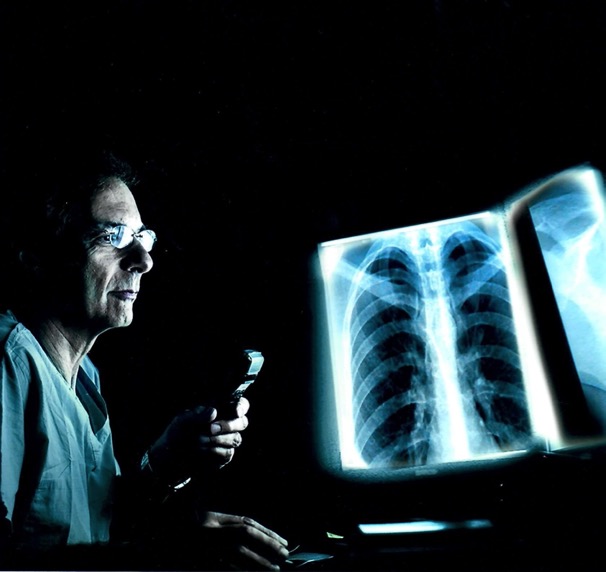 Meet UAB Radiology alumnus Warren Goldstein. We asked him questions about his past, future, and what working in Radiology means to him.
Meet UAB Radiology alumnus Warren Goldstein. We asked him questions about his past, future, and what working in Radiology means to him.
What is your name and title?
Warren Goldstein, M.D. I am a retired interventional radiologist.
What is your background at UAB?
I graduated from UAB Heersink School of Medicine in January 1978 and did my Radiology residency at UAB from 1978 to 1982. I served as Chief Resident from 1981-1982.
Why did you choose UAB?
UAB was my first choice for medical school for two big reasons-cost (being an in-state resident) and UAB’s reputation as a top-tier program. I chose UAB Radiology for my residency because it had a great teaching staff, including Chairman David Witten from the Mayo Clinic as well as other leaders in the field of Radiology, such as Robert Fraser (chest radiologist), Larry Elliot (cardiovascular radiologist), Jack Tishler (gastrointestinal radiologist), and Sang Han (gastrointestinal radiologist as well an excellent general radiologist).
Can you provide a brief work history and where you are currently?
 I finished my residency in June 1982 and followed my dream of going west so my wife and I could embrace an active outdoor lifestyle, including biking, skiing, golfing, and hiking. In Colorado Springs, Colorado, I not only practiced as an interventional radiologist but had the unique opportunity to run both my practice and the radiology department. After my two children were grown, I wanted a different climate for part of the year and less professional responsibility. I was very fortunate to land back in Birmingham and job share a position with two partners of Vulcan Imaging, previously known as Radiology Associates of Birmingham. I practiced Interventional Radiology for another six years and retired on June 28, 2021.
I finished my residency in June 1982 and followed my dream of going west so my wife and I could embrace an active outdoor lifestyle, including biking, skiing, golfing, and hiking. In Colorado Springs, Colorado, I not only practiced as an interventional radiologist but had the unique opportunity to run both my practice and the radiology department. After my two children were grown, I wanted a different climate for part of the year and less professional responsibility. I was very fortunate to land back in Birmingham and job share a position with two partners of Vulcan Imaging, previously known as Radiology Associates of Birmingham. I practiced Interventional Radiology for another six years and retired on June 28, 2021.
What encouraged you to become a physician?
I came from a family of radiologists. Both my father and older brother had a positive influence on my decision to become a physician. During my journey through medical school, I found radiology was well suited to my skill set, and soon after residency, I acquired “added qualifications vascular/interventional radiology.”
What do you consider the biggest success of your career?
My biggest success was establishing a progressive radiology practice that strived for excellence. I founded and was president of Radiology and Imaging Consultants PC for the next 33 years while serving as a medical director of radiology at Memorial Hospital. Our mission statement reflected our values and work ethic: “We exist to serve our community by providing the highest quality diagnostic radiology and image-guided therapy with a commitment to excellence in service, clinical quality, and the compassionate care of our patients.”
What is one piece of advice you would give to current residents, fellows and/or new faculty?
My advice to the current residents, fellows, and new faculty is to recognize the importance of relationship building with clinical staff as well as the key players that are important in practice stability and growth. In my day, we had a captive audience because radiographs (pre-PACS) were kept in the department, and clinicians had to come to the department to view images. It was easy to develop trusting relationships under these circumstances. After our department went to PACS in 2000, I noticed the younger radiologists did not have the bonds to the medical staff that the older radiologists had. Now, 20 years post PACS and the coming of Artificial Intelligence, I feel there is a need to develop strategies to add value for and trust with the clinical staff so you are not thought of as a commodity but rather a valuable asset.